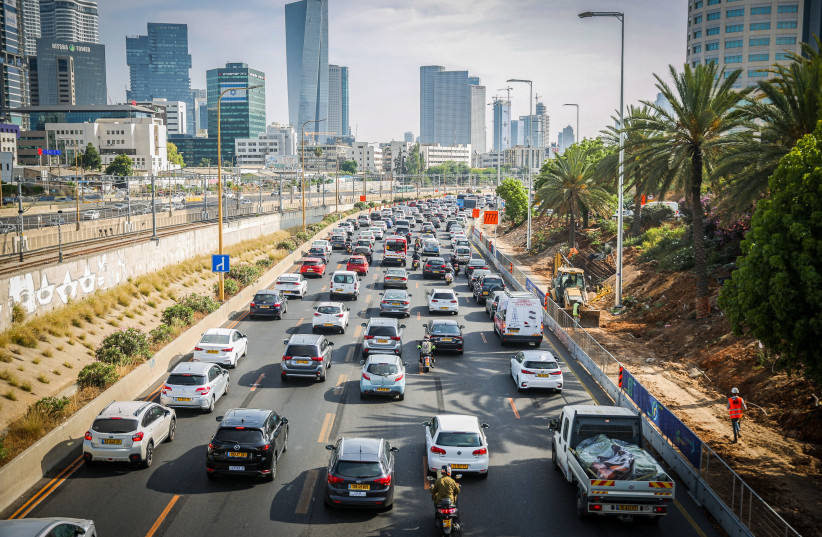An average of one person per day died in a road accident in Israel last year – an increase of 2.8% compared to 2022 – and more than a quarter of those killed were pedestrians, according to the Central Bureau of Statistics.
In 2023, there was an increase in fatal accidents, but there was a drop in serious and minor accidents compared to the previous year, apparently due to the significant decline in travel on the roads that resulted from the war in Gaza. Sadly, Road crashes are a prevalent public health issue across the globe.
Many of the fatalities were due to reckless driving, pedestrian carelessness, and other human factors, but many of them still resulted from dangerous roads. Unfortunately, there is never enough money to widen roads, build barriers, improve lane markers, and make them safer.
Now, a new study by engineers at the University of Massachusetts-Amherst has used machine learning to predict which roads may be the most dangerous. The features most likely to cause road crashes included road-design issues (such as changes in speed limits that are too abrupt or guardrail issues), pavement damage (cracks that stretch across the road and webbed cracking referred to as “alligator” cracking), and incomplete signage and road markings.
The study was published in the journal Transportation Research Record and was entitled “Feature Engineering and Decision Trees for Predicting High Crash-Risk Locations Using Roadway Indicators.” It was a joint project of civil and environmental engineer professors Jimi Oke, Eleni Christofa, and Simos Gerasimidis of the university, with civil engineers from Egnatia Odos, a publicly owned engineering firm in Greece.

To identify these features, the researchers used a dataset of 15,000 kilometers of roads across 7,000 locations in Greece, but they believe the findings are relevant beyond the borders of that country.
Technology can benefit the world
“The problem itself is globally applicable—not just to Greece, but to the US and other countries,” Oke said. Differences in road designs may influence how variables rank, but given the intuitive nature of the features, he suspects that the features themselves would be important regardless of location. “The indicators themselves are universal types of observations, so there’s no reason to believe that they wouldn’t be generalizable to the US.” He also notes that this approach can be readily deployed on new data from other locations as well.
Importantly, it puts decades of road data to good use: “We have all these measures that we can use to predict the crash risk on our roads, and that is a big step in improving safety outcomes for everyone,” Oke noted.
There are many future applications for this work; for example, it will help conduct future research. “We had 60-some-odd indicators. But now, we can just really focus our money on capturing the ones that we need,” he continued. “One could dig deeper to understand how a certain feature actually could contribute to crashes and then measure to see if fixing the issue would actively reduce the number of incidents that occur.”
He said this could be used to train AI for real-time road condition monitoring. “You could create models that can identify these features from images and then predict the crash risk as a first step towards an automated monitoring system and also provide recommendations on what we should fix.”
“This is an exciting, real-world application of AI,” Gerasimidis concluded. “It’s a major initiative we are doing here, and it has specific engineering outcomes. We wanted to show officials: ‘Look what we can do.’ It’s very difficult to use AI and come up with specific results that could be implemented, and I think this study is one of them. It is now up to those responsible for road safety to use these new tools to reduce the huge problem of car crash fatalities.
We are very eager to see our findings lead to improving this problem because our work could serve as the roadmap for future collaborations among academics and engineers on other topics. The mathematical tools along with real data consist of a truly powerful combination when looking at societal problems.”
